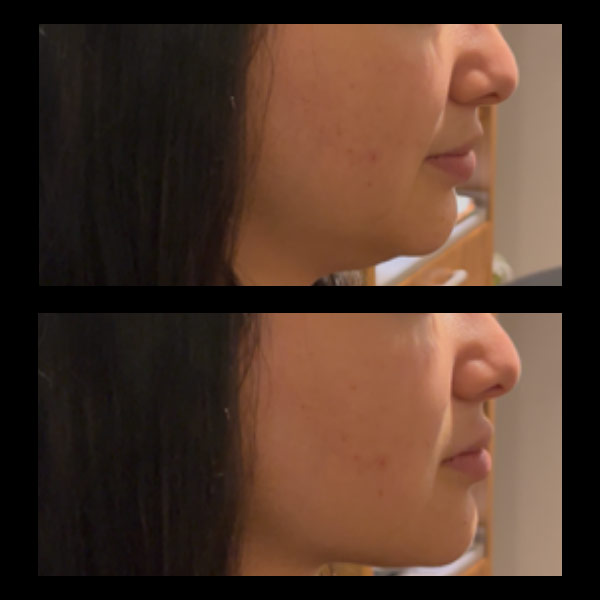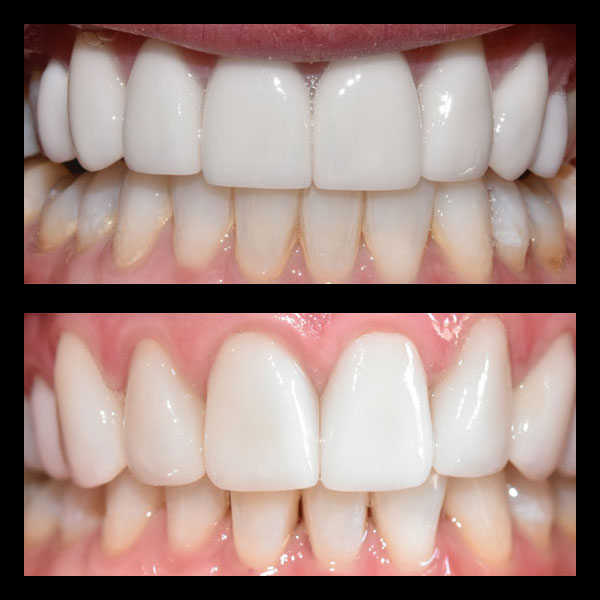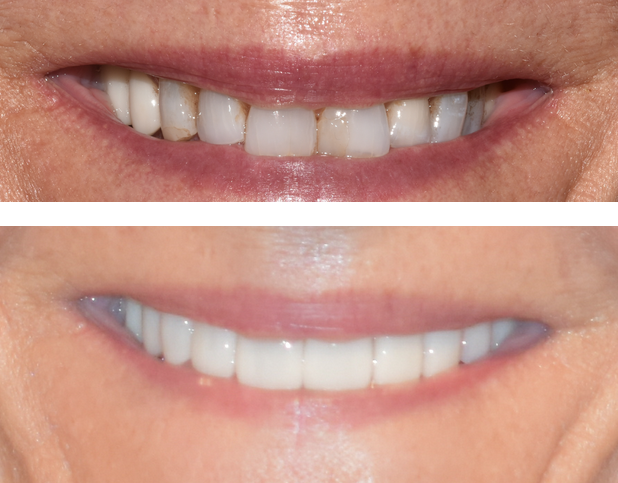Enhancing Diagnostic Precision for Your Perfect Smile
Achieving a beautiful, healthy smile is a journey that blends artistry with advanced science. While the final result is a radiant smile, the foundation lies in meticulous planning and precise diagnostics. In modern dentistry, technology plays a pivotal role in ensuring outcomes are not only aesthetically pleasing but also functional and long-lasting. One of the most significant advancements in this field is 3D cone-beam imaging, a technology that has revolutionized how dentists approach everything from complex reconstructions to subtle cosmetic enhancements. At Incredible Smiles, we harness this power to design personalized treatments with unparalleled accuracy, ensuring every detail of your future smile is considered before any procedure begins.
What is 3D Cone-Beam Imaging?
Cone-beam computed tomography (CBCT), often called 3D cone-beam imaging, is an advanced diagnostic tool that provides a comprehensive, three-dimensional view of your teeth, jaw, soft tissues, and nerve pathways in a single scan. Unlike traditional flat, 2D X-rays that show a limited perspective, a CBCT scan creates a detailed digital model of your entire oral and maxillofacial structure. This allows your dentist to see your anatomy from every angle, revealing critical information that would otherwise remain hidden.
The process is quick, non-invasive, and comfortable. During the scan, a cone-shaped X-ray beam rotates around your head, capturing hundreds of images that are then reconstructed into a single 3D model. This level of detail is crucial for ensuring the highest degree of diagnostic precision, forming the backbone of effective and safe treatment.
The Power of Precision in Smile Planning
The true advantage of 3D imaging lies in its application to smile planning. Before embarking on a smile makeover, it’s essential to understand the underlying structures. CBCT imaging enables us to:
- Visualize Bone Structure for Implants: For patients considering dental implants, 3D imaging is indispensable. It allows us to measure bone density and volume with extreme accuracy, identify the precise location of nerves and sinuses, and select the optimal size and placement for the implant. This minimizes risks and ensures a stable, long-lasting restoration.
- Design Custom Veneers and Crowns: When planning for cosmetic procedures like porcelain veneers or crowns, understanding the relationship between the tooth, root, and surrounding bone is key. 3D scans help us design restorations that fit perfectly and function harmoniously with your natural bite. You can see the stunning results in our before and after gallery.
- Assess TMJ and Airway Health: Physiologic dentistry, a cornerstone of our practice, focuses on the harmony of the entire masticatory system. 3D imaging provides a clear view of the temporomandibular joint (TMJ) and airway passages. This is vital for diagnosing and planning TMJ treatments and addressing issues like sleep apnea.
- Plan Orthodontic Movements: For treatments like Invisalign, a 3D view helps predict how teeth will move and reveals any potential root or bone issues that could complicate the process. This ensures a more predictable and efficient teeth-straightening journey.
Did You Know? Quick Facts
- A single CBCT scan provides more detailed information than a full mouth series of 18-20 traditional dental X-rays combined.
- The radiation dose from a dental cone-beam scan is significantly lower than a conventional medical CT scan, making it a safer alternative for detailed oral diagnostics.
- 3D smile planning allows patients to preview their potential results digitally, leading to higher satisfaction and more collaborative treatment decisions.
A Superior Patient Experience
At Incredible Smiles, we believe that advanced technology should complement a comfortable and reassuring patient experience. Our commitment to creating a spa-like atmosphere means that every step of your journey, including diagnostics, is designed with your care and comfort in mind. The cone-beam imaging process is fast, silent, and open, eliminating the claustrophobic feeling associated with traditional medical CT scanners.
By investing in technologies like 3D cone-beam imaging, lasers, and neuromuscular diagnostics, we remove guesswork from the equation. This focus on diagnostic precision not only leads to better clinical outcomes but also builds trust and confidence. You can relax knowing your smile is being meticulously planned by experts using the best tools available.
Advanced Dental Technology for Boulder, Colorado
For the community in Boulder, Colorado, access to world-class dental technology is right here at home. Incredible Smiles is proud to offer sophisticated diagnostic tools like 3D cone-beam imaging to our neighbors. This technology allows Dr. Priya Uppal and Dr. Lori Kemmet to provide a level of care that sets a new standard for both cosmetic and restorative dentistry. Whether you’re seeking a complete full mouth reconstruction or a subtle enhancement to your smile, our precise planning process ensures your results are beautiful, functional, and tailored specifically to you.
Embracing technology like 3D imaging is part of our commitment to delivering exceptional results. It empowers us to combine the science of dentistry with artistic vision, creating smiles that truly are incredible.
Ready to See Your Smile in a New Dimension?
Discover how our advanced 3D imaging and personalized smile planning can help you achieve the confident, healthy smile you deserve. Schedule your complimentary consultation with the experts at Incredible Smiles today.
Frequently Asked Questions
Is 3D cone-beam imaging safe?
Yes, it is very safe. Dental CBCT scans use a significantly lower dose of radiation compared to traditional medical CT scans. The focused, cone-shaped beam and rapid scan time minimize exposure while providing highly detailed images essential for accurate diagnosis and planning.
How long does a CBCT scan take?
The scan itself is very fast, typically taking less than a minute to complete. The entire appointment for the scan is usually short and straightforward.
Will my dental insurance cover a 3D scan?
Coverage for CBCT scans can vary depending on your insurance plan and the reason for the scan. It is often covered for specific procedures like dental implant placement or surgical planning. Our team can help you understand your benefits. For more details, visit our dental insurance page.
Why can’t a traditional X-ray be used for smile planning?
While traditional 2D X-rays are useful for detecting cavities and viewing general tooth positions, they provide a flat, limited view. They cannot show bone density, exact nerve locations, or the complex relationships between different anatomical structures. 3D imaging provides this comprehensive view, which is critical for the precision required in advanced cosmetic and restorative dentistry.
Glossary of Terms
Cone-Beam Computed Tomography (CBCT)
An advanced imaging technique where a cone-shaped X-ray beam is used to create a highly detailed, three-dimensional model of a patient’s teeth, jaw, and surrounding anatomy.
Diagnostic Precision
The accuracy with which a health condition is diagnosed. High diagnostic precision, aided by tools like CBCT, leads to more effective and safer treatment plans.
Physiologic Dentistry
A field of dentistry, also known as neuromuscular dentistry, that focuses on achieving harmony between the teeth, jaw joints, and muscles for optimal function and comfort.
Occlusion
The way the upper and lower teeth make contact when you close your mouth; your bite. Proper occlusion is essential for chewing, speaking, and preventing premature wear on teeth.








